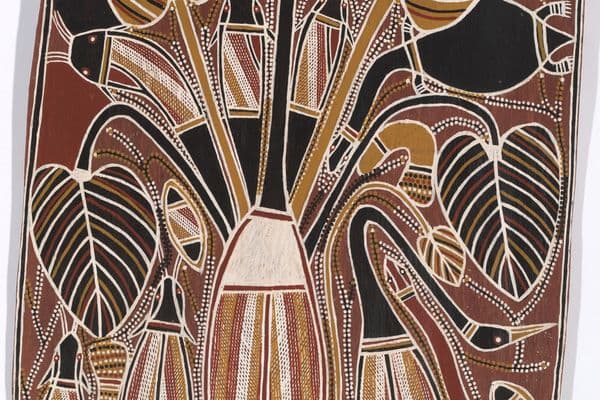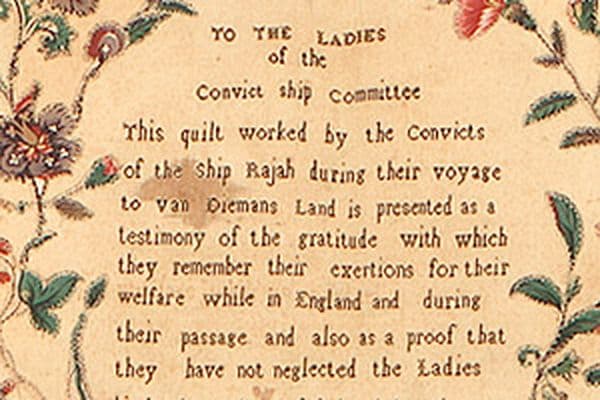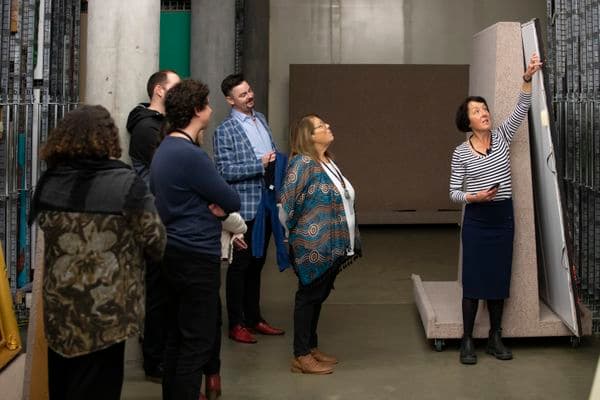Conservation

The role of the Conservation Department is to ensure the legacy of the collection via the long-term preservation of the works that reside here or are on loan to the Gallery.
Each work of art requires intimate and specialised care. Conservators use a range of processes including documentation, analysis, treatments and preparation for exhibition. They conduct research and scientific analysis into the unique histories, materials, manufacture methods and conditions of works that come into the collection.
Conservators are highly skilled, with individuals focusing on specific areas of collection management. These include paintings, textiles, work on paper, electric and kinetic works, as well as object-based works such as bark paintings, installations and sculpture.
The Conservation Department staff are also responsible for maintaining the condition of the collection as a whole, ensuring a stable environment and providing advice on storage and display techniques.

Ewa Pachucka Landscape and bodies 1972
Objects
Objects of art in the national collection vary immensely in size, material and form. The Object Conservators are responsible for the care, preservation and restoration of the Gallery’s sculptures, decorative art pieces and cultural objects.

Paper
The National Gallery collection comprises a diverse range of works on paper, including prints, watercolours, photographs, scrolls, screens, drawings and more.

Painting conservation of Miriam Stannage, 'Aurora' 1970, Gift of the Stannage family in 2019. Donated through the Australian Government's Cultural Gifts Program.
Painting
Made of organic materials, paintings change as they age. Painting Conservators are responsible for their maintenance and preservation, as well as advising on hanging, handling and installation.

Henri Matisse Costume for a chamberlain c 1920, Costume for a mourner 1920 & Costume for a mandarin c 1920 from Les Ballets Russes de Serge Diaghilev production of Le Chant du rossignol. Purchased 1973 ©️ Succession H Matisse / Copyright Agency
Textiles
Maintaining the vision and intent of the artist is at the forefront of textile conservation. All textile objects have a natural deterioration process — slowing that down while retaining original features is the key aim of Textile Conservators.
///national-gallery-of-australia/media/dd/images/20191213_Urs_Fischer_New_0023.jpg)
Urs Fischer, Francesco, 2017, National Gallery of Australia, Kamberri/Canberra, Purchased with the assistance of the National Gallery of Australia Gala Fund 2019. © Urs Fischer. Courtesy of the artist and Sadie Coles HQ, London.
Time-Based Media Art
Time-based media art describes works of art that are dependent on time, duration, or function including video, film and audio artworks.

Preventive
The Preventive Conservation team’s aim is to preserve all works of art by controlling the environment in which they are displayed, stored and transported.



///national-gallery-of-australia/media/dd/images/85677_-_StC_Preview_JPG_2000px.jpg)







